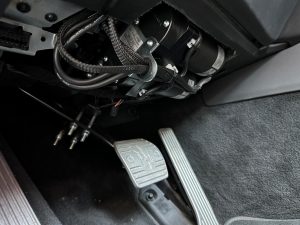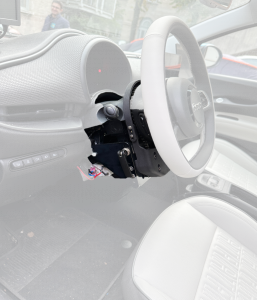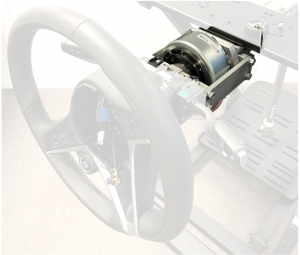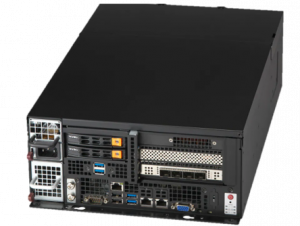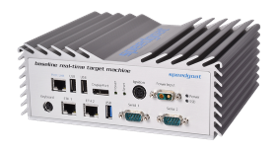TECHNOLOGY
The AIDA experiments involve transforming production vehicles into fully autonomous ones by utilizing sensors, actuators, and sophisticated software.
SENSORS
To navigate safely, autonomous cars rely on sensors that monitor the vehicle’s status and its surrounding environment.
Sensors are classified into two categories:
ACTUATORS
Actuators are mechanical motors that transmit commands generated by algorithms to the vehicle, ensuring it moves as intended.
On the autonomous vehicles of the AIDA project, the following actuators are present:
Exteroceptive sensors
Proprioceptive sensors
Brake
Actuator
Acceleration Actuator
Steering Actuator
SOFTWARE
This module is responsible for identifying the environment surrounding the vehicle.
It recognizes the road, road users, and potential obstacles, determining their type, position, and speed.
It collects data from sensors and processes it using neural networks and advanced mathematical models.
This module is responsible for calculating the best possible estimate of the vehicle’s position on the road.
It combines information from the GPS unit with data from other sensors to ensure precise and reliable positioning.
In this way, the vehicle can know its exact location along the pre-determined trajectory.
This module is responsible for calculating the best possible estimate of the vehicle’s position on the road.
It combines information from the GPS unit with data from other sensors to ensure precise and reliable positioning.
In this way, the vehicle can know its exact location along the pre-determined trajectory.
This module is where autonomous vehicles determine the ideal trajectory to follow and the appropriate speeds, adjusting them in real time in the presence of obstacles and based on information received from the perception module.
This process ensures maximum safety and full compliance with traffic regulations.
The trajectory is also optimized to ensure the highest level of passenger comfort, making the navigation as smooth and enjoyable as possible.
This module, gathering all the information from the other modules, manages the vehicle’s longitudinal and lateral dynamics to maintain the trajectory.
It precisely adjusts acceleration, braking, and steering in real time, sending the necessary commands to the actuators to ensure smooth and safe movement.
This module, gathering all the information from the other modules, manages the vehicle’s longitudinal and lateral dynamics to maintain the trajectory.
It precisely adjusts acceleration, braking, and steering in real time, sending the necessary commands to the actuators to ensure smooth and safe movement.


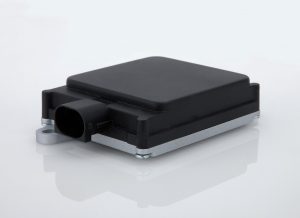
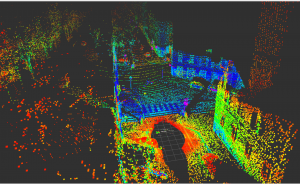
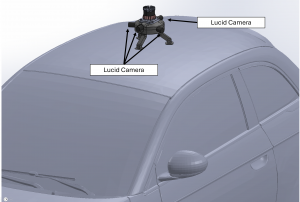
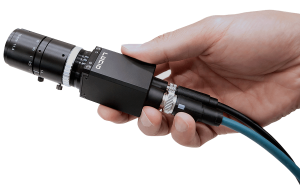
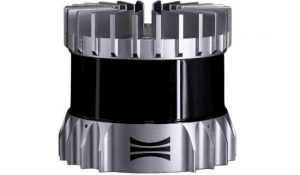
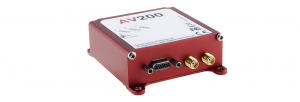
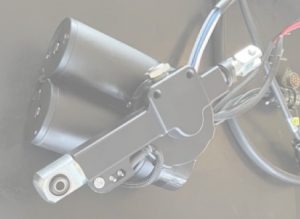 .
. 